News

Podcast
June 13, 2024
On this Cornell Veterinary Podcast, Dr. Martin Gilbert discusses his decades-long experience working in the nonprofit sector and in academia on international wildlife conservation projects in settings as diverse as Greenland, Papua New Guinea and Madagascar.

Blog
June 03, 2024
I work remotely, so these meetings are often the only human interaction I have all day. But that's not only a function of being remote - it's also a function of the nature of my work. The actual 'doing of the thing' - the math work itself - is often a solo sport....
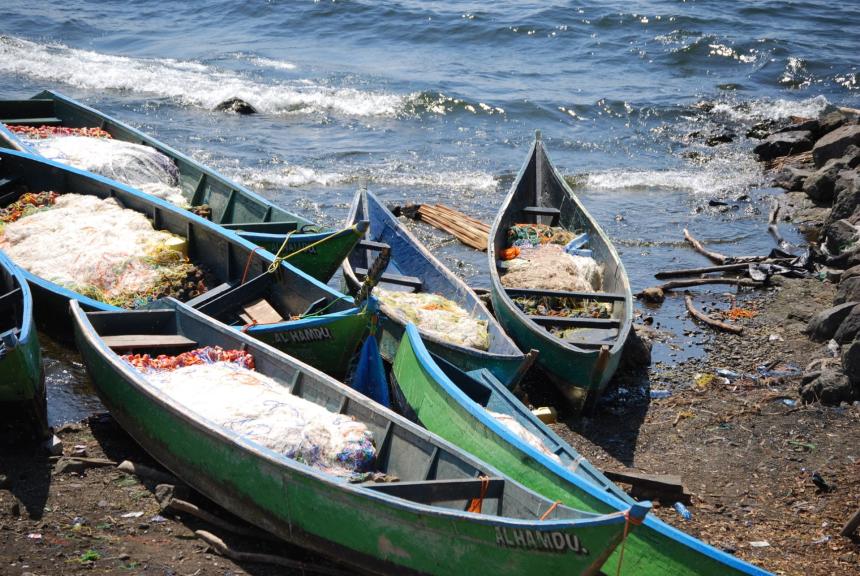
May 22, 2024
Cornell's Dr. Kathryn Fiorella researches how changes in the environment affect the well-being, economic stability, and food security of communities, with a focus on global fisheries.
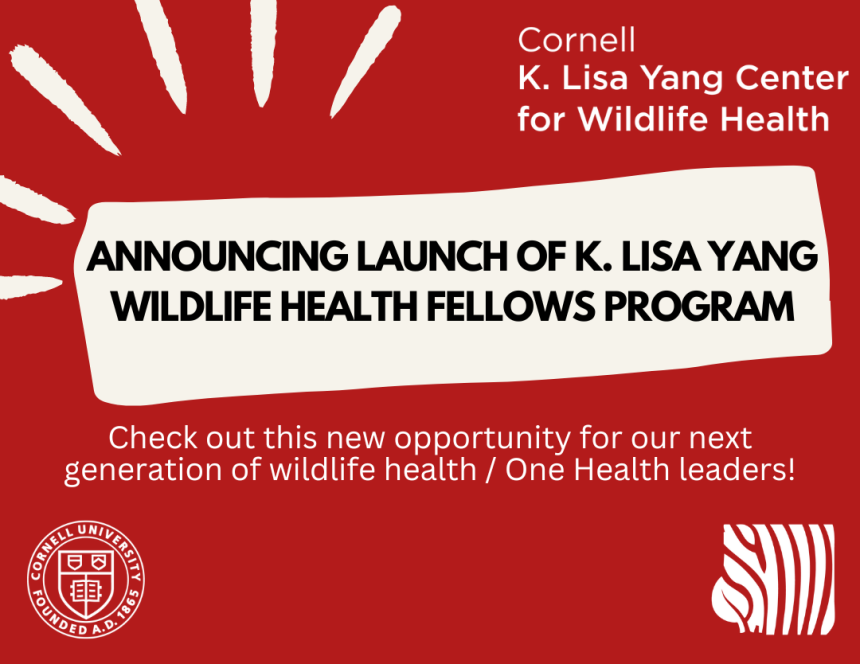
Announcement
May 15, 2024
Check out this new opportunity for our next generation of wildlife health / One Health leaders!
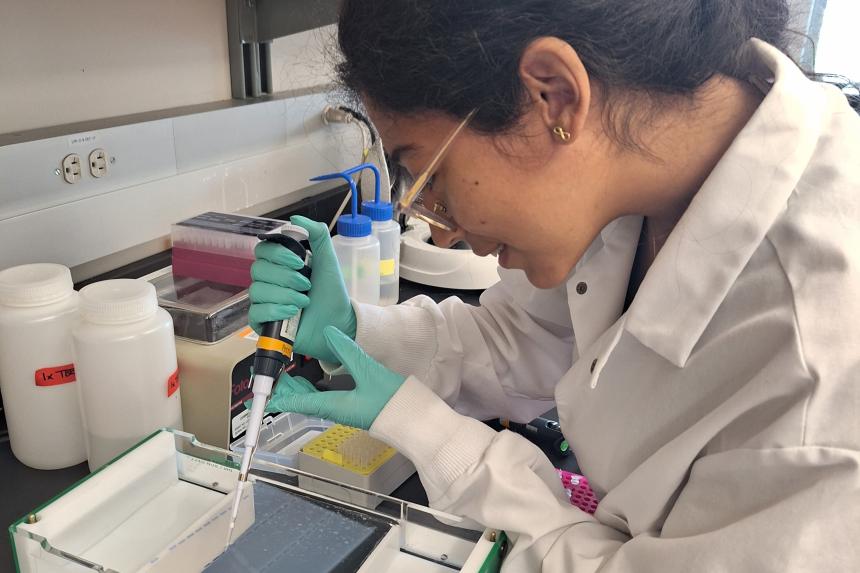
May 13, 2024
Ever wonder what happens with our students after they are done working/learning with the Cornell Wildlife Health Lab? Well, we keep in touch and follow their journey beyond CWHL. Here's a look at what a few of our wildlife students have planned next.

May 08, 2024
By day, Victoria Campbell is digital content manager at the Cornell Lab of Ornithology, working on the lab’s websites and social media. But in her free time – every moment of it – she’s a devoted caretaker to bats in need.
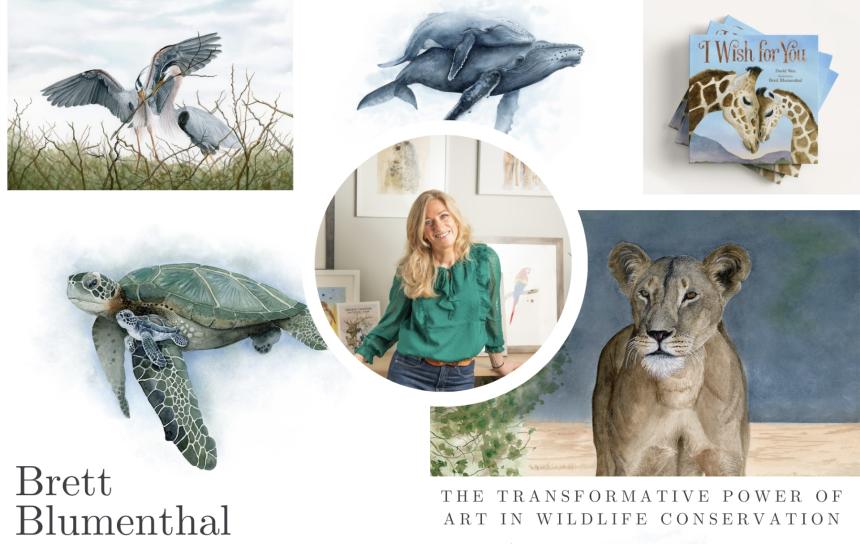
Video
May 06, 2024
Cornell alumna Brett Blumenthal BArch ’96, MBA ’04, gave an inspiring talk on "The Transformative Power of Art in Wildlife Conservation," hosted by the Cornell University College of Veterinary Medicine, the Cornell K. Lisa Yang Center for Wildlife Health, and the Zoo and Wildlife Society.
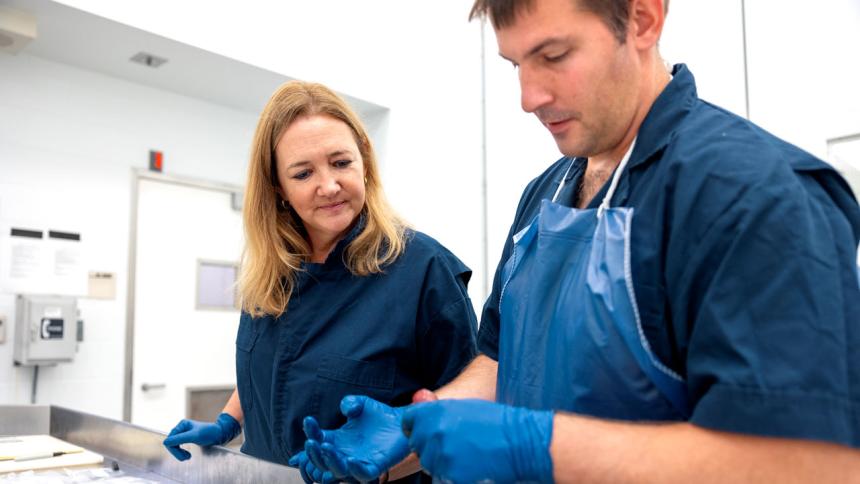
Blog
April 30, 2024
My role within the laboratory is multi-functional, and I serve many stakeholders, including the wildlife health laboratory and the anatomic pathology group....
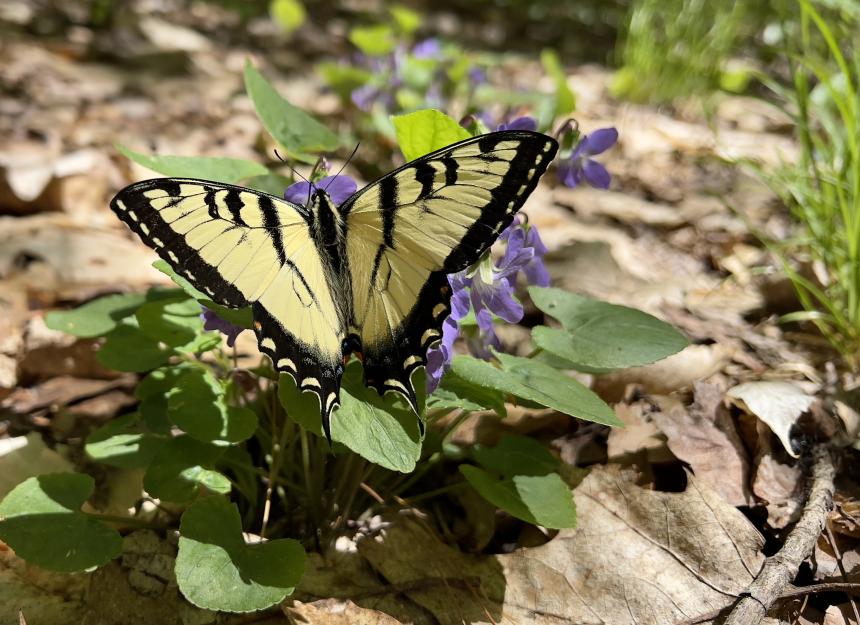
April 29, 2024
Conservation may seem like something that scientists do to protect species that many people only ever see in zoos. But conservation can happen everywhere, such as in your backyard. Cornell's Dr. Krysten Schuler weighs in on how people can help.
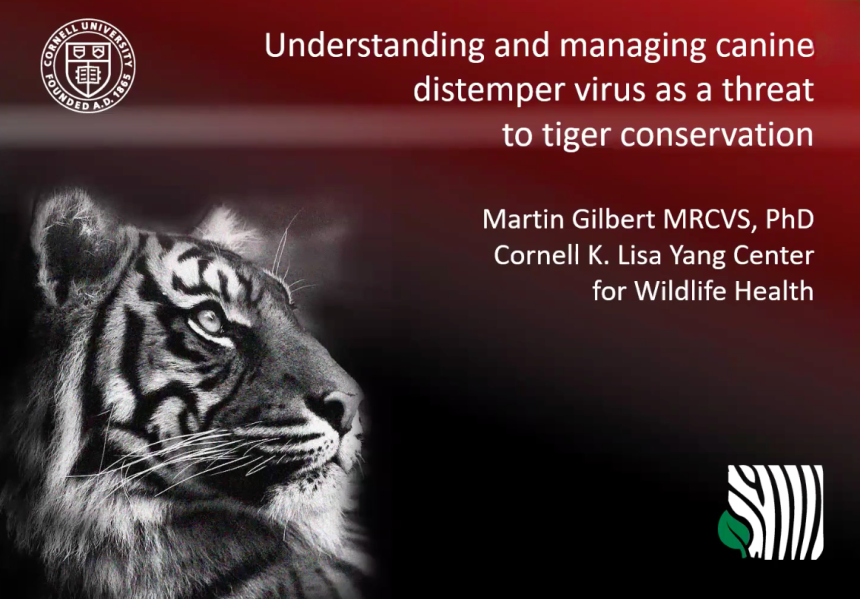
Video
April 26, 2024
Cornell's Dr. Martin Gilbert gives a presentation on "Understanding and Managing Canine Distemper Virus as a Threat to Tiger Conservation" at Cornell University's Department of Natural Resources and the Environment in March 2024.
